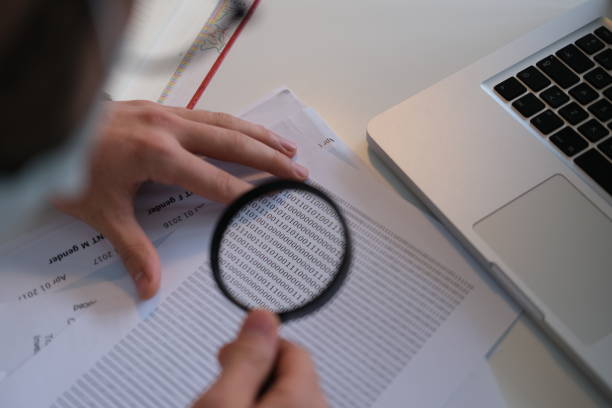
In the modern world, digitization has benefited the corporate sector, but the corporate sector encounters multiple obstacles, such as ID fraud cases. Identity theft is a reprehensible crime that extremely traumatizes victims. The transgression results in financial losses to corporations, roughly around $6 billion. KYC documents systems are upgraded digital solutions that protect the critical information of users, no matter what. This latest method assures compliance with AML/KYC standards to provide safety to industries and evade heavy fines. A combination of artificial intelligence and machine learning software ensures that ID document validation systems catch fraud in real-time. Here’s how AI-powered KYC documents services help protect corporations against external attacks.
Repercussions of ID Fraud Incidents in the US
Employing fake personal credentials is a serious transgression that criminals use to take advantage of the victim’s profiles. Cybercriminals use complex approaches to accomplish their malicious goals. Corporations that do not implement smart verification services face data privacy violations that can damage their market reputation. Thereupon, the application of KYC documents solutions is strongly recommended.
The Contribution of Identity Theft and Assumption Deterrence Act 1998 (ITAD) & US Department of Justice
Historically in the 1900s, US congress presented the ITAD Act of 1998 to control ID fraud incidences worldwide. In accordance with the US Department of Justice, identity theft is a serious transgression with severe repercussions. For example, incarceration for more than 10 years and confiscation of all properties facilitated criminal activity.
Implementation of robust defense mechanisms will surely control rising incidences of ID theft. According to the latest figures, monetary losses from ID fraud have gone beyond $200 million.
The Role of International Regulatory Members
Controlling Identity fraud is the main objective behind the implementation of KYC/AML regulations. Departments such as FinCen, FINTRAC, and FATF stressed that all corporations worldwide must apply KYC standards and actively fight against money laundering and terrorism financing cases. Application of Customer Due Diligence (CDD) and Enhanced Due Diligence (EDD) review processes will assure ID attestation of all consumers in the course of the customer registration procedures.
Historically, professionals implemented AML/ KYC verifications via on-premise validations. Nonetheless, the digital revolution has assured quick availability of KYC documents solutions worldwide. A combination of AI & ML models has increased the efficiency of digital defense mechanisms. Clients can use record verification services via online sites with the help of electronic devices.
Working Mechanism Behind KYC Documents Systems
Combining artificial intelligence software with real-time document verification solutions ensures higher user satisfaction. The systems guide clients in uploading government-issued records during the client registration process. The application of OCR solutions performs data extraction from users’ records and instantly stores it in organizations’ data servers.
When consumers submit manipulation-free data, they receive final verification results quickly. Users must remember that KYC documents services only produce output from government-issued documentation that have holograms and rainbow prints as security checkmarks. For instance, clients can upload their rental agreements and passports for verification. If perpetrators try to bypass security protocols, the digital product will instantly stop document examination and dismiss the request. The complete mechanism of the KYC record validation system is as follows:
Stages Behind KYC Documents Verification Systems
- AI-supported technologies examine the authenticity of records during the identity record verification process
- The digital product also examines if users have provided correct information or not. Despite that, when given data is inaccurate, the software instructs users accordingly. KYC documents solutions also deal with multilingual records having Chinese, Arabic, or Swedish languages
- AI-powered technologies extract information from Machine Readable Zone (MRZ) code and process the originality of the users’ records, employing clients’ data for decrypting and cross-examination
- There are times when documents have natural wear/tear which negatively impacts the authenticity of documentation. The KYC documents product tests records for broken edges as well
AI-driven document attestation solutions are more powerful than outdated techniques because perpetrators use advanced manipulative techniques that weak security measures cannot detect. Rainbow prints and holograms play an important role in distinguishing original documents from tampered ones. Therefore, artificial intelligence-supported KYC documents solutions assure a robust defense mechanism against fraud.
Concluding Remarks
Application of KYC documents services ensures a higher quality of results. The record attestation solutions also cross-examine data against numerous global sanction lists to discourage criminals. A combination of AI & ML models increases the power of KYC documents systems and improves client satisfaction. Controlling ID theft and money laundering incidents are the best advantages of KYC products. Intelligent online document attestation solutions save the resources of the company and ensure sustainable development. Thereupon, financial organizations can guarantee compliance with AML/KYC standards to mitigate money laundering and terrorism financing incidences.



